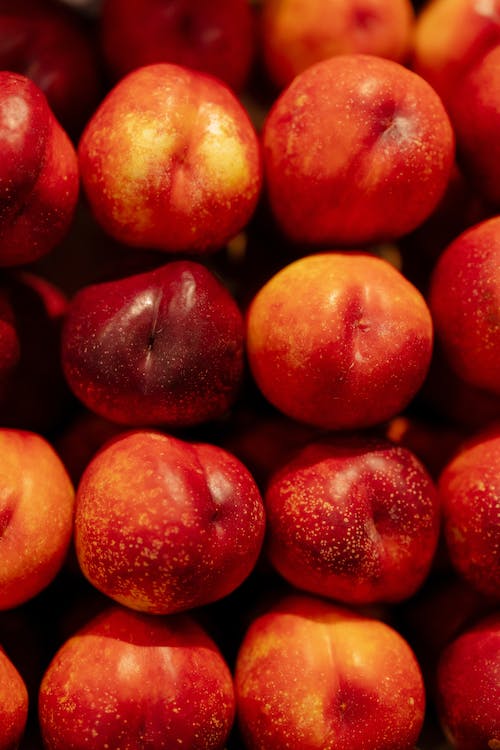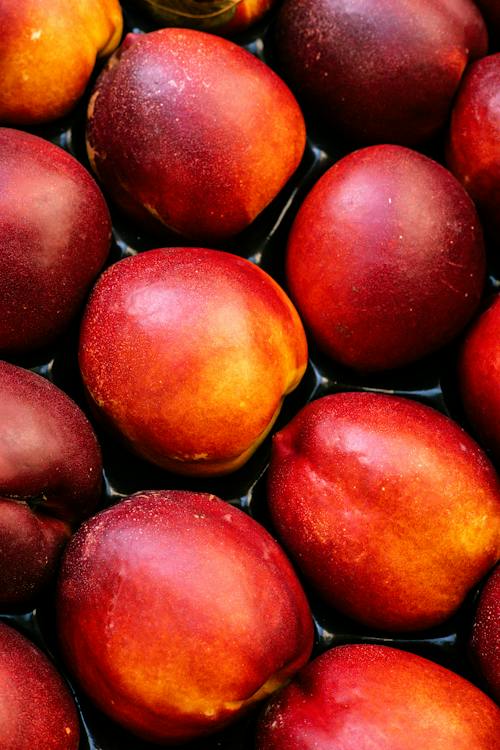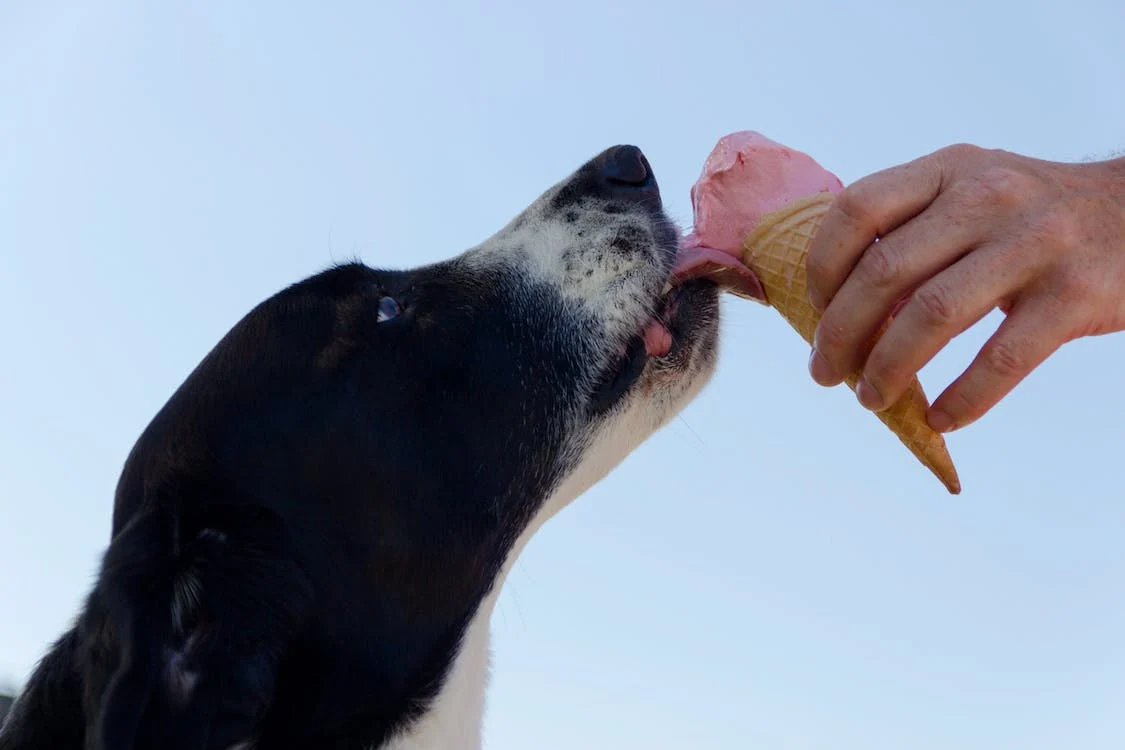With their sweet, juicy flavor and fuzzy skin, nectarines are a tasty summer fruit. As you enjoy their delicious taste, you may wonder if nectarines are safe and healthy if shared with your dog. The answer is yes – dogs can eat nectarines in moderation as an occasional treat. But certain precautions are advised.
Are Nectarines Safe for Dogs?
When peeled and the pit is removed, the flesh of ripe nectarines is completely non-toxic and safe for dogs to eat. High in vitamins, antioxidants and fiber, nectarine flesh can be a healthy snack.
However, the pit and leaves should not be consumed, as they contain cyanide compounds that could cause toxicity if large amounts are eaten. The tough skin could also potentially cause choking. So peel nectarines and remove pits before feeding to dogs.

Nutritional Benefits of Nectarines for Dogs
Low in fat and calories, nectarines offer plentiful nutrition, including:
- Dietary fiber for healthy digestion
- Vitamin A for vision and coat health
- Vitamin C for immune support
- Potassium for proper fluid balance
- Beta-carotene and antioxidants for cell health
As with most fruits, it’s best to feed nectarines to dogs in moderation as a treat, not a substantial part of their diet. But they make a healthy, vitamin-packed snack!
Serving Tips for Feeding Nectarines to Dogs
Follow these tips for incorporating nectarines into your dog’s diet:
- Wash thoroughly and remove the pit and skin
- Cut the flesh into small, bite-sized pieces
- Introduce new fruits slowly in case of allergies or sensitivity
- Monitor your dog for signs of an upset stomach when first trying
- Limit nectarine treats to no more than one or two times per week
- Avoid added sugar, sauces, or seasonings meant for human consumption
With responsible preparation and serving sizes, nectarines can provide dogs with valuable nutrition.

Risks of Nectarines for Dogs
While the nectarine flesh is safe, some risks do exist:
- The pit contains cyanide compounds that could cause toxicity if chewed and swallowed. Be sure to fully remove pits before feeding nectarines to dogs.
- Skins could potentially cause choking if swallowed in large pieces. Peel nectarines before feeding to dogs.
- Excessive fruit consumption may cause loose stool or diarrhea, especially in smaller dogs. Feed in moderation.
- Dogs with diabetes should only eat small amounts of fruit as the sugar content must be accounted for. Monitor blood glucose levels carefully when introducing new treats.
Overall, peeled, pitted nectarine flesh is low risk and can be safely enjoyed by most dogs.
Can Dogs Eat Dried Nectarines?
Unsweetened, additive-free dried nectarine slices can make a healthy treat for dogs too. However, keep portion sizes even smaller, as the drying process concentrates the natural sugars. Too much can lead to obesity or dental issues. Stick to a few tiny pieces at a time.
Avoid dried nectarines with added sugars, preservatives or flavorings. And never feed the pit from dried nectarines, as it remains toxic.

What About Canned Nectarines or Nectarine Juice?
While fresh nectarines are safer, the flesh from canned nectarine slices or small amounts of 100% pure nectarine juice can also be fed as occasional treats. Rinse canned fruit to remove excess sugars or preservatives. Introduce slowly and monitor for any signs of digestive upset.
Never provide dogs with the pits, leaves or bark from the nectarine tree, even dried, as these contain cyanide compounds that are highly toxic.
Conclusion
When fed responsibly, the ripe flesh from nectarines can provide dogs with valuable nutrition from vitamins, antioxidants and fiber. Be sure to peel and pit nectarines thoroughly before serving. Introduce new fruits slowly and discontinue feeding if any adverse reaction occurs. Used in moderation, nectarines can be a tasty and healthy seasonal snack for your dog!
Frequently Asked Questions About Dogs and Nectarines
How much nectarine can I give my dog?
A few small, peeled, pitted pieces 1-2 times per week is plenty for most dogs. Adjust serving size based on your dog’s size.
Are nectarine leaves and bark safe for dogs?
No, the leaves, bark and pits contain cyanide compounds which are toxic. Only feed the peeled nectarine flesh.
Can my diabetic dog eat nectarines?
Maybe in very small portions, but introduced slowly and blood sugar must be monitored whenever new foods are added to avoid dangerous spikes or drops. Consult your vet.
What if my dog eats the pit?
Contact your veterinarian or pet poison control right away. Do not induce vomiting unless they instruct you to do so. Watch closely for signs of toxicity.
Are wild nectarines safe for dogs to eat?
Yes, but rinse thoroughly and inspect closely for any damage or mold. Remove pits and peel as usual. Only pick nectarines from non-treated trees.


